
![[sort:pic]](/template/default/images/banner/3-3.jpg)

Lean management provides customers with high-quality services and a visible panoramic view of the prosperous era.
Share
U.S. Temporarily Reinstates Tariff Exemptions for Low-Value Chinese Parcel Shipments
White House Delays New Tariff Enforcement Amid Logistical Challenges
February 8 – U.S. President Donald Trump signed an executive order on Friday temporarily reinstating tariff exemptions for low-value Chinese parcels (under $800), reversing part of his earlier directive from February 1 that imposed a 10% tariff on all Chinese imports. The move comes after the administration acknowledged that the U.S. lacks the infrastructure to efficiently collect tariffs on the massive volume of small packages entering the country.

Key Developments:
⒈ Tariff Rollback: The February 1 order had eliminated the "de minimis" exemption for Chinese goods under $800, effectively subjecting these parcels to tariffs as high as 38%.
⒉ Postal Service Chaos: The U.S. Postal Service briefly halted inbound shipments from China before resuming operations, pledging to collaborate with Customs and Border Protection (CBP) to minimize disruptions.
⒊ Industry Backlash: Trade experts criticized the abrupt policy shift, warning of logistical bottlenecks due to CBP’s limited capacity to process millions of daily parcels through formal entry procedures.
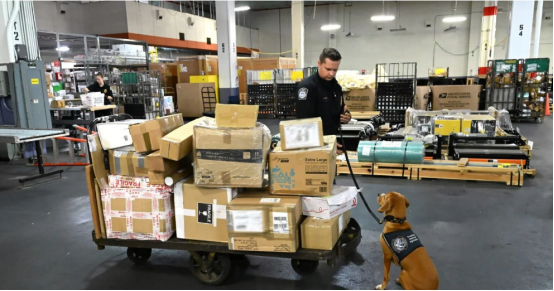
Background on "De Minimis" Exemptions:
• Established in the 1930s to ease customs burdens for travelers, the exemption threshold was raised to $800 in 2016.
• Parcels leveraging this exemption surged from 140 million a decade ago to over 1 billion in 2023.
• The Biden administration had already tightened oversight in September 2023 to curb misuse.
Freightos Index: New Tariffs Could Drive Trans-Pacific Container Rates to 2024 Highs
Latest Data Highlights Rising Costs and Supply Chain Pressures
Freightos Baltic Index (Week Ending January 31):
• Asia-U.S. West Coast: Rates rose 3% to $5,078 per FEU.
• Asia-U.S. East Coast: Rates increased 1% to $6,718 per FEU.
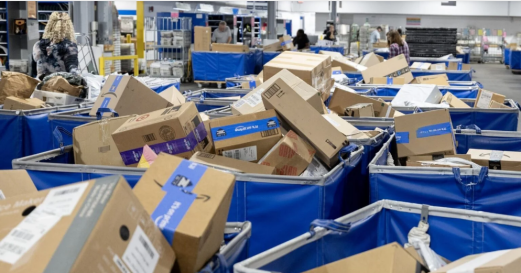
Analyst Insights:
• Red Sea Diversions and Pre-Lunar New Year Surges: Disruptions in Red Sea routes and pre-holiday cargo spikes may push rates toward 2022 peak levels (near $8,000/FEU to the West Coast).
• Asia-Europe Routes: Rates fell 11% to 5,069.
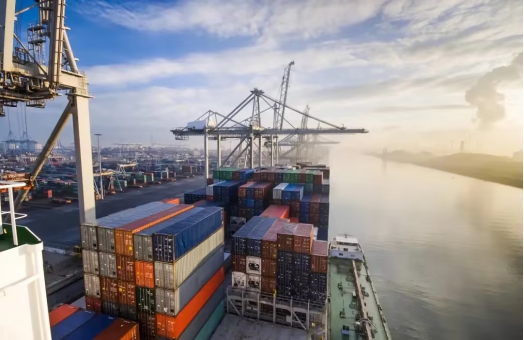
2025 Freight Outlook: Five Critical Challenges
⒈ Labor Disputes & Strike Risks
• Tentative agreements (e.g., ILA and USMX) offer temporary relief, but global strikes surged 280% in 2023-2024, threatening key shipping hubs.
⒉ Tariff Policies & Trade Tensions
• U.S. solar tariffs and EU EV levies (up to 35.5%) exacerbate supply chain shifts. Trump-era policies add further uncertainty.
⒊ Geopolitical Instability
• Conflicts in the Middle East, Ukraine, and Red Sea route diversions disrupt global logistics networks.
⒋ Capacity-Demand Imbalance
• Trans-Pacific air and ocean freight rates face upward pressure amid Lunar New Year demand spikes and alliance restructuring (e.g., Gemini Cooperation).
⒌ Sustainability & Tech Transformation
• Adoption of SAF fuels, carbon tracking, and AI-driven logistics accelerates, requiring costly yet essential investments.
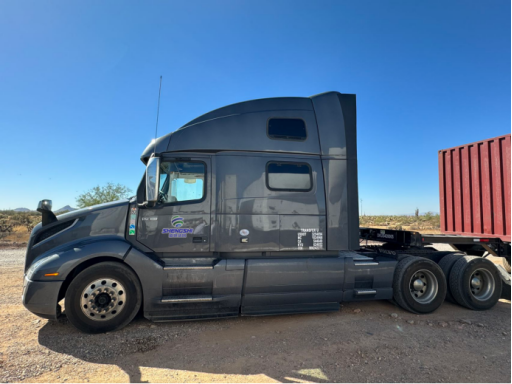
Shengshi Global Logistics: Your Partner in Navigating Uncertainty
Decades of Expertise, End-to-End Solutions
→ Why Choose Sensco?
• Customs Mastery: 50+ years of clearance expertise across major U.S. ports (LA, NYC, Houston, Savannah).
• Agile Crisis Response: Real-time port congestion monitoring and alternative routing to bypass delays.
• Cost Optimization: Dynamic pricing models and 400,000 sq. ft. of global warehousing to mitigate tariff impacts.
• Global Network: Offices in the U.S., Canada, China, and Japan ensure seamless cross-border coordination.
Commitment to Excellence
In an era of shifting policies and disrupted supply chains, Sensco empowers businesses to thrive through:
• Proactive Compliance: Staying ahead of regulatory changes (e.g., Section 321 adjustments).
• Tech-Driven Efficiency: Leveraging IoT and blockchain for end-to-end visibility.
• Resilient Partnerships: Collaborating with clients to turn challenges into growth opportunities.
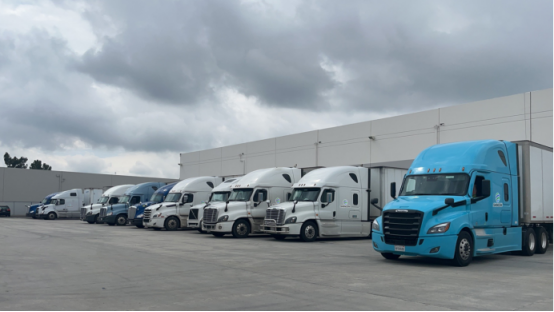
Together, let’s build a future where logistics complexities become competitive advantages.